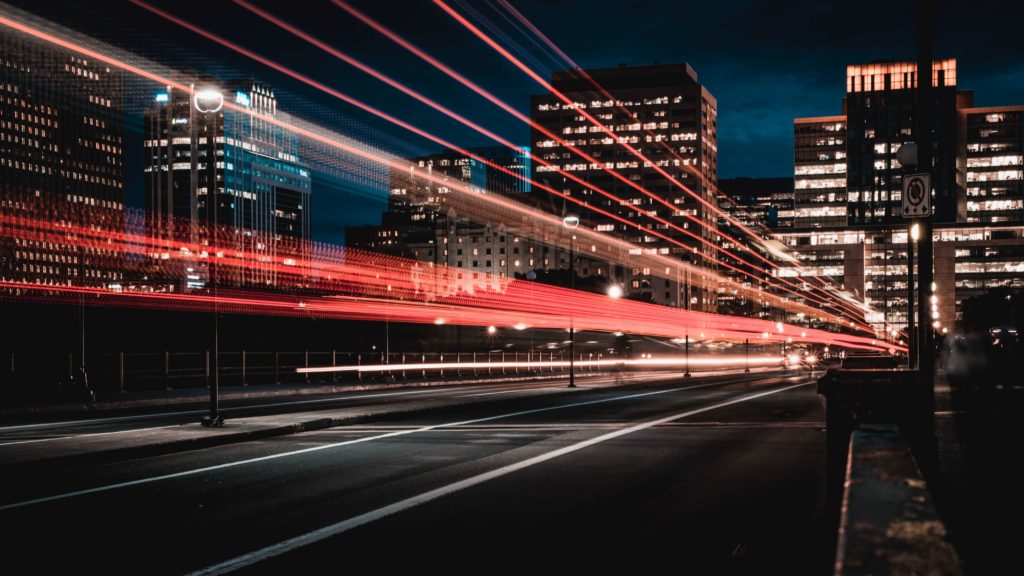Slow Sites Kill Search Engine Performance: How To Improve Site Loading Speed
Many website owners can be surprised to learn just how much site loading speed matters when it comes to search engine performance.
Google listed site load speed as one of their signals in ranking algorithms in 2010. This means your site load speed is one of the factors determining your site and page rankings; both in terms of desktop speed and mobile.
When creating or modifying an SEO strategy, site load speed can often be overlooked in favour of focusing on keyword and content strategies.
However the speed of your site is just as important to Google’s ranking algorithms as any other step of your SEO.
Therefore it’s imperative that you don’t overlook the necessity of making your site as fast as possible, especially if your goal is to achieve higher search engine rankings.
How Site Load Speed Affects SEO:
The faster your site loads, the higher you will be ranked across the board, SEO wise. Fast site load speed leads directly to higher conversion rates; as well as affecting your organic search results and bounce rate.
The faster a website loads, the more time people are likely to spend on it – and this is definitely what we (and Google) want more of.
Google is always trying to evaluate how much users enjoy your site and can use it effectively. Site loading speed time is one of the perimeters they use to measure this – the better the site loading time, the better they judge the user experience to be.

How Slow Site Speed Costs You Browsers:
In a study titled ‘Milliseconds make Millions,’ Deliotte and Google showed that increasing your site load speed by just 0.1 seconds boosts conversion rates by 8%.
Google also found that 53% of people leave websites after just a 3 second delay on their mobile devices.
How Site Load Speed Affects Bounce Rate:
The same study showed that faster sites have 70% longer site sessions and a 35% lower bounce rate.
Your bounce rate is the percentage of site sessions in which browsers only viewed a single page before exiting – and this is definitely something we want to avoid, as a high bounce rate is penalised by Google.
First, Check Site Loading Speed
So, we’ve identified that your site load speed is a hugely significant factor in determining your site rankings.
First, you need to check your site loading speed – it may be slower or faster than you might think. Next, you should try to improve this by making your site as light and fast as possible.
There are a few ways you can check your site loading speed. If you hire a professional agency, they can perform this for you. Otherwise, you can use an online site speed checker tool.
Ways to Improve Site Loading Speed:
Optimise for mobile devices
As we identified above, more than half of people leave a website after a few seconds of delay on their mobiles.
In 2021, more than 60% of the Internet is browsed via mobile devices.
It’s absolutely essential that you optimise for mobile browsers – you could be risking losing half your potential customers if you don’t.
As we’ve seen from the statistics, most people won’t bother to wait for a glitchy site to load more than a few seconds.
You need to make sure your site is optimised for all screen types, including desktop, mobile and tablet.
A non-screen responsive website design won’t cut it in 2021.
Compress and Optimise Images
While your website images should be high quality, heavy image files slow down your site speed. They can affect the rate at which your page loads; therefore we need to optimise these as much as possible.
Larger images (such as backgrounds) should not exceed 1MB, while smaller images should be 300KB. If you’re using a full screen image, this should be compressed to be no more than 2000 pixels wide.
Also make sure you are uploading the correct image format. Wherever possible, this should be JPEG images as this format is best suited to the web, maintaining quality but also using minimal data.
You can optimise your image with an image optimizer. This will make your image file smaller and lighter; compressing the image without ruining the quality.

Reduce Plug-ins
While plug-ins are often an essential enhancement to your site, it’s best to keep these at a minimum.
Overloading your site with plug-ins will only cause slower loading speeds as they make your site heavier.
Keep only the indispensable plug-ins that are crucial to your site; clear out any that are not necessary for improved loading times.
Reduce HTTP requests
HTTP requests are made by a webpage to a browser, in order to load that webpage. It’s the process of transferring information throughout the Internet.
In layman’s terms, we can think of HTTP requests as being the request your webpage makes of the Internet in order to load the page.
Therefore the more HTTP requests your web page / site has, the slower your page or site loading speed is going to be.
HTTP requests include images, scripts and CSS files, and most web pages will have a pretty high number of these.
It’s best to reduce these wherever you can. Each HTTP request has to bounce to the server hosting the resource and back, which affects the overall load time of the page.
Minimise Redirects
Redirects occur when browsers are forwarded to a different page then the one they clicked on. These should be eliminated or avoided when possible; as they can add on significant time to page loading speeds (seconds or fractions of seconds).
If your focus is on building a super fast site for SEO purposes, you should avoid these – those valuable snippets of extra time can cost you a higher ranking.
Sometimes we can’t avoid redirects, but they should only be used when completely necessary.
Use a CDN
CDN is a content delivery network that can boost your website speed. Content requests that are sent to a CDN server are typically faster, as they are usually located closer.
Hosting servers can often be thousands of kilometres away, and your request could be sent across multiple other networks, further slowing down the process.
Using a CDN instead of a host server therefore has the potential to speed up your site loading speed significantly.
Revamp Your Website Design
Professional website designers will be able to make your site as light and fast loading as possible, while also providing the kind of design and aesthetics you want to represent your brand.
When designing a site for fast site load speed, professional designers know how to structure a site that looks attractive, is easy to use, and won’t overly delay upon opening.
They’ll also be able to help you ensure your site is perfectly optimised for all screen types and sizes – which as we’ve identified, is very important for Google rankings.

Is Your Slow Site Load Speed Affecting Your Rankings?
Thanks to Google’s transparency with webmasters, we know site load speed is one of their defining factors when it comes to search engine rankings.
If your site is still suffering from low rankings despite a stellar SEO approach keyword wise, it could be your site load speed that is dragging these down.
While most search engine optimization focuses on keywords and content strategies, site load speed is a crucial factor in SEO that should not be overlooked.
You could pour excessive time and money into your content strategy, but with a slow loading, badly designed website, your rankings will still struggle.
Don’t neglect this essential step in your SEO – site load speed should be one of your top priorities when it comes to improving rankings.


Comments are closed.